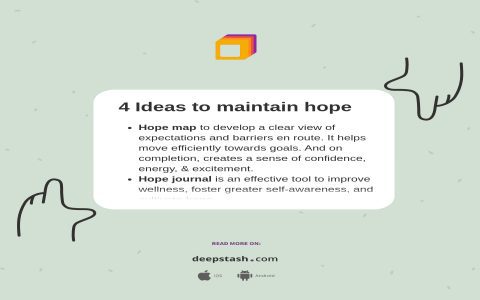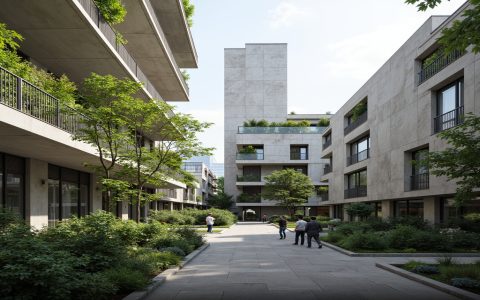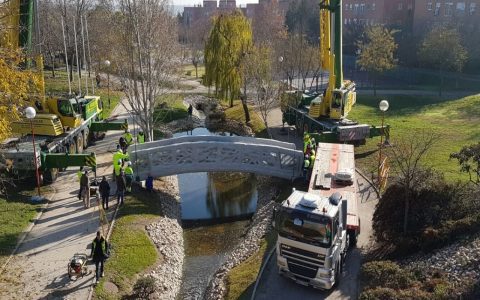Hope Residence represents a modern supportive housing model designed to provide stable, long-term accommodation with integrated care services for individuals facing homelessness, mental health challenges, or transitioning from institutional settings. It combines housing stability with tailored support.
Core Features of Hope Residence
- Structured Supportive Environment: Combines individual living units with accessible common areas and dedicated support staff offices.
- Person-Centered Service Coordination: Each resident receives an individually tailored support plan managed by a dedicated case manager.
- On-Site Professional Staff: Includes case managers, mental health counselors, substance use specialists, and peer support workers.
- Life Skills Training: Regular workshops covering budgeting, nutrition, household management, and job readiness.
- Enhanced Safety & Security: Controlled access points, 24/7 staff presence or emergency response, and CCTV monitoring in common areas.
- Community Integration Spaces: Communal kitchens, lounges, gardens, and computer labs foster resident interaction.
- Lease-Based Tenancy: Residents hold formal leases, affirming tenant rights and responsibilities.
- Proximity to Essential Services: Strategically located near public transport, healthcare facilities, and employment hubs.
Key Benefits of Hope Residence
- Sustainable Housing Stability: Significantly reduces returns to homelessness or institutional care through secure tenancy.
- Holistic Health Improvement: Integrated access to physical health, mental health, and addiction services improves overall well-being.
- Community Building & Reduced Isolation: Structured group activities and shared spaces combat social exclusion.
- Enhanced Independence & Skill Development: Focused life skills training empowers residents towards self-sufficiency.
- Cost-Effectiveness for Systems: Demonstrates lower long-term public costs compared to emergency shelters, hospitals, or incarceration.
- Crisis Prevention: Consistent on-site support provides early intervention, preventing minor issues from escalating.
- Pathway to Mainstream Housing: Serves as a transitional model where residents gain skills for eventual independent living.
- Dignity and Empowerment: Focus on resident choice and self-determination fosters personal agency.







